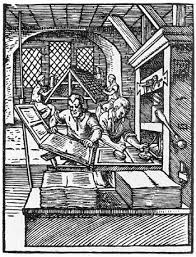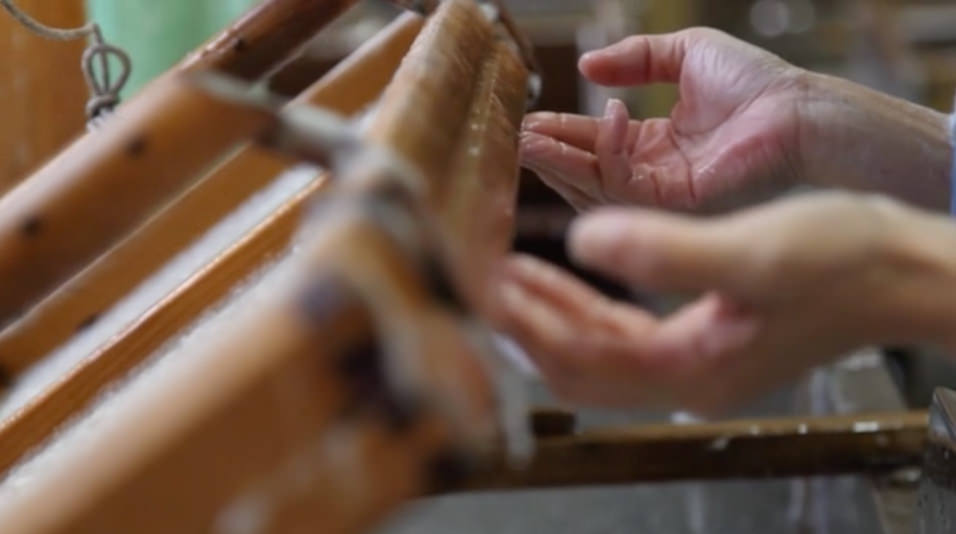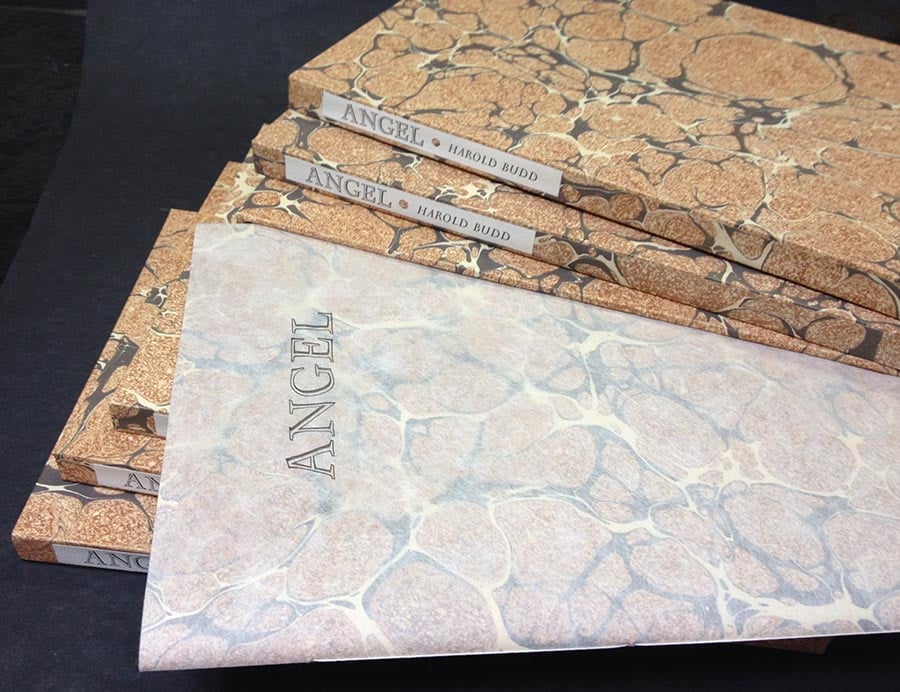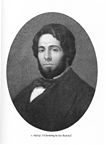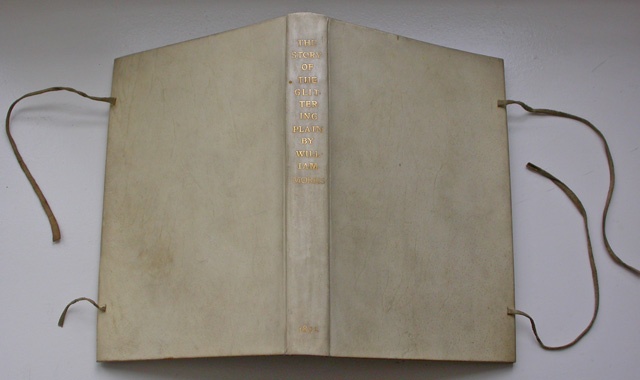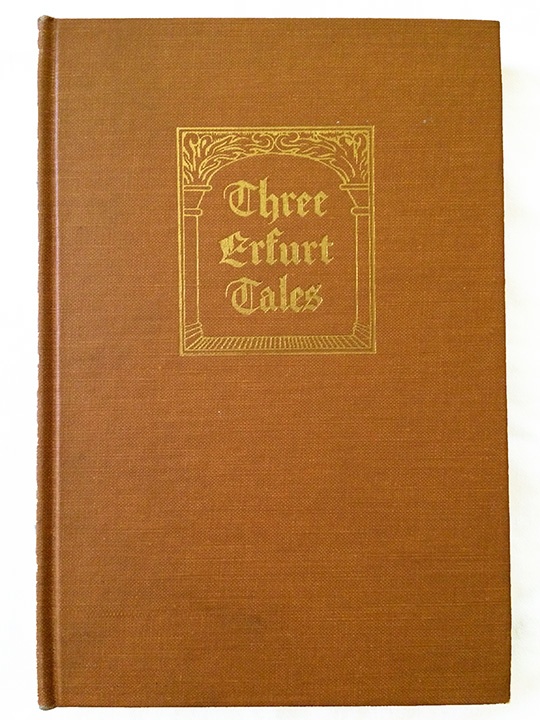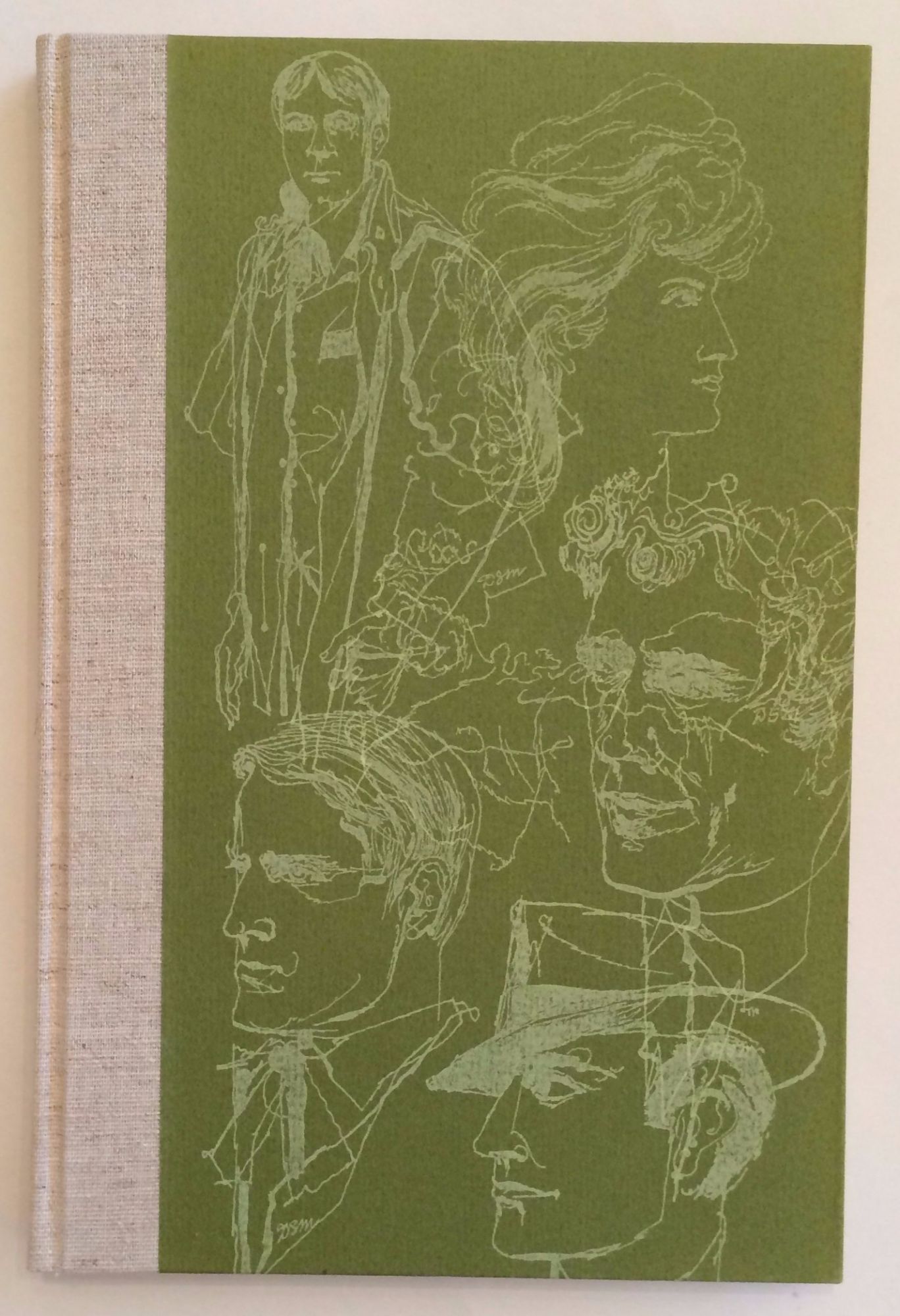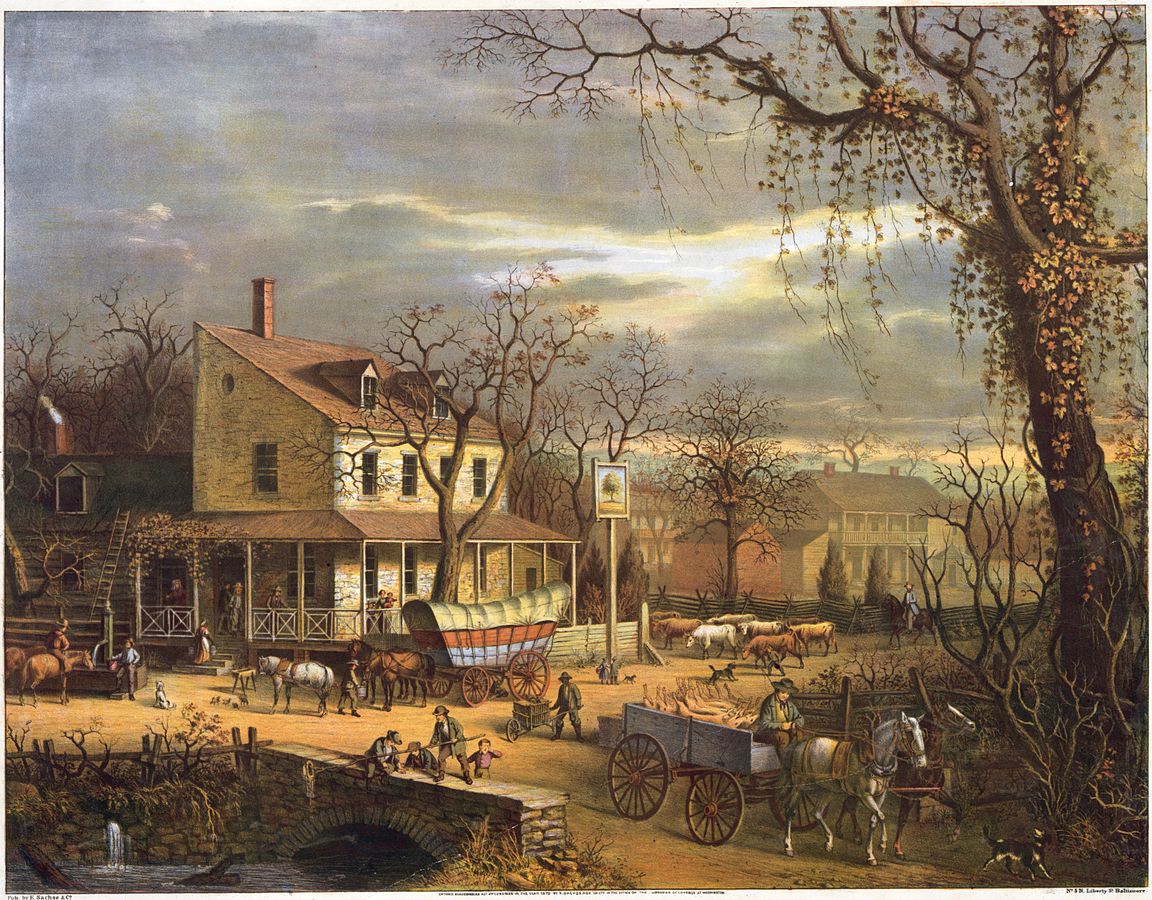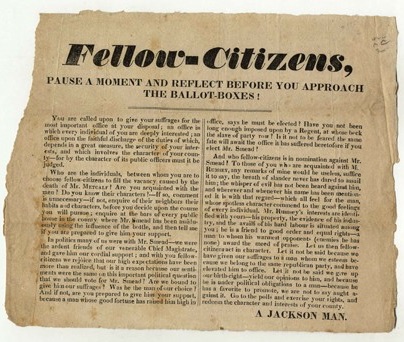As early as the year 1040, the Chinese had made movable type out of clay and earthenware. The innovation, for a variety of reasons, did not catch on in the East, but four centuries later it became the center of a revolution in Europe. In 1439, the craftsman Johannes Gutenberg used movable type in his shop in Mainz. His screwpress method was so effective that for three and a half centuries little was done to improve its design. But evolve it did, becoming ever more complex and efficient, bringing the written word to ever greater swaths of the population.
us toll free: 1-800-948-5563 international: +1 (843) 849-0283 UK: +44 (0) 1334 260018




